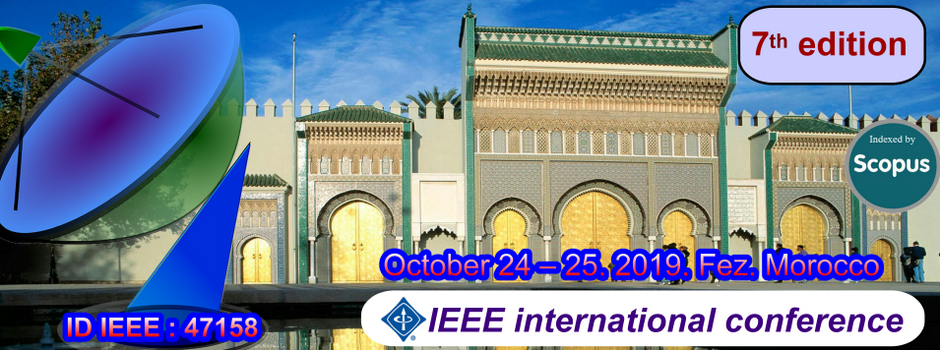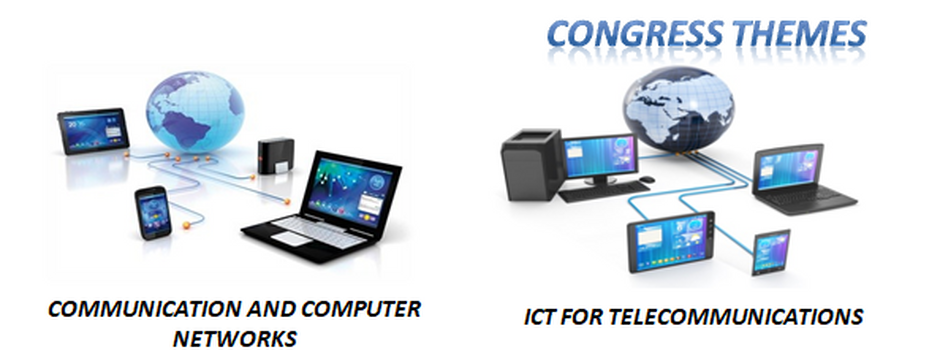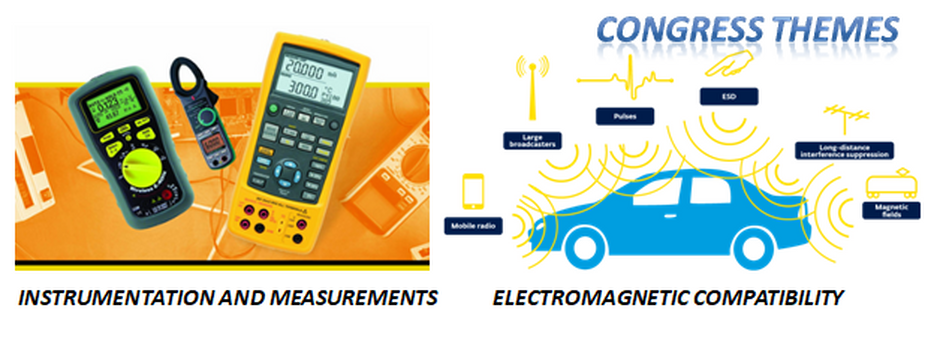KEYNOTE SPEAKERS
Keynote Speaker 1
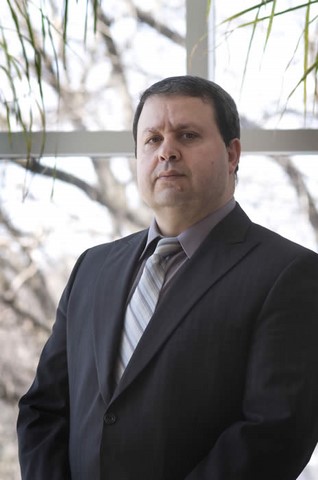
Pr.Ahmed Lakhssassi
Title : Improving human health: Challenges and Methodology for controlling thermal doses during Cancer therapeutic treatment.
Abstract:
Controlled thermal ablation in order to maximize the therapy and minimize the side effects poses a challenge during the heating of the biological tissue. Traditionally, these processes are modelled by the bio heat equation introduced by Pennes, who used the Fourier’s theory of heat conduction. During my talk I will present our automated thermal dose control and prediction system for cancer tumors therapy by using Implantable Bio-chip solution. The proposed system is able to control thermal ablation doses deposition during a laser surgery/cancer treatment. A system would help physicians to predict thermal diffusion to organize the treatment as well as maximize therapeutic effects while minimizing side effects.
A case study of the Laser Interstitial Thermal Therapy (LITT) will demonstrate his feasibility as Cancer therapeutic treatment. Furthermore, our Dosimetry Framework of the Bio-heat Transfer for Laser/Cancer Treatment will be introduced. This would provide a precise idea of the predicted reaction depending on selected doses, tissue geometry, and the laser source prior to the treatment; so new treatment strategies can be proposed and evaluated.
Short Biography,
Responsible of the LIMA laboratory CANADA, received the B.Ing. and M.Sc.A in electrical engineering from Université du Québec (UQTR), Québec, Canada in 1988 and 1990 respectively. He also received the Ph.D. in Energy and Material sciences in 1995 from INRS-Energie et Materiaux Montréal, Québec, Canada. A year also, he had become a professor of Electro-thermo-mechanical aspects at NSERC -Hydro-Quebec Industrial Research Chair at Electrical Engineering Department of the UQTR. Since 1998, he has been with UQO (Université du Québec en Outaouais), where he is currently titular professor and responsible of the LIMA laboratory LIMA (Advanced Microsystem Engineering Laboratory) developing algorithms for Microsystems thermo-mechanical monitoring and associated distributed sensors network. His research interest is the fields of automatic IP porting tools between different technology nodes and LAIC systems thermo-mechanical prediction unit and monitoring methods to sustain transient thermo-mechanical stress peaks reliability. He is the author/co-author of more than 150 scientific publications and research report, and thesis advisor of 60 graduate and undergraduate students who completed their studies.
Keynote Speaker 2
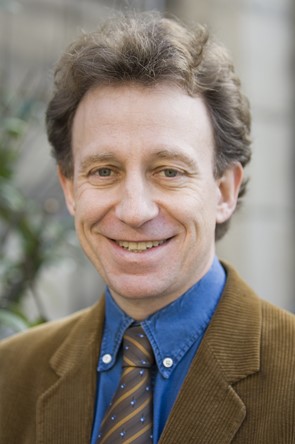
Pr.Michel TERRE
Title : The challenges of future IoT waveforms
Abstract:
One of the major challenges facing the fifth generation of mobile telephony is the need to connect tens of billions of objects while also integrating the increased traffic on radio access networks that is anticipated in the near future. Excellent solutions well-suited to relatively low throughput communications and not-too-high connected object densities currently exist, such as the LTE-M, NB-IoT, Sigfox and LoRA standards. However, if the massive deployment of the Internet of Things (Massive IoT) with densities higher than one million high throughput connected objects per km² continue to accelerate, these current solutions could reach their limits and potentially trigger a sharp increase in radio interference levels, meaning data packets may not be properly decoded and video quality will be affected. The typical case will be connected 4K cameras that will sporadically generate a high transmission rate.
In this article we try to define the main constraints of a general waveform for the IoT and to analyse the main blocking points for which innovative solutions must be proposed in the future. Issues related to non-orthogonal access and unsynchronized random transmissions are particularly important in the field of IoT as well as the issue of the energy efficiency of the amplification chain.
Short Biography,
Michel Terré received the engineering degree from Télécom Sud Paris in 1987, the PhD from the Conservatoire National des Arts et Métiers (CNAM) in 1995 and the Habilitation à Diriger des Recherches (HDR) from the Université Paris XIII in 2004.
He worked for Philips, Thales and Alcatel from 1988 to 1998. He is currently Full Professor at CNAM in Paris. He heads the research team in Electronics, Automatics and Signal Processing for Telecommunications (CEDRIC/Laetitia) at Cnam. His research areas are related to waveform optimization and blind channel estimation. He was co-director of the European research project Phydyas, which proposed to use the FBMC approach for 5G.
Michel Terré is the author of more than 100 international articles and several patents. He is also the author of the online Matlab code for generating an FBMC signal: "ultraeasyFBMC.m" which has been downloaded more than 2700 times.
Keynote Speaker 3

Pr. Ahmed Boutejdar
Title : Design Simulation and Manufacturing of compact Microstrip-DGS Filters: Technologies and Applications.
Short Biography,
Dr. Eng. Ahmed Boutejdar was born in Souk El-Arbaa du Gharb, Morocco. He received the Bachelor of Science B.Sc in Electrical Engineering, Mathematics and Physics from both universities Technische Hochschule Köthen and from Ibn Tofeil University, Kénitra, Morocco between 1991 and 1995. From 1992 to 1993 Preparatory Year of german language and Preparatory Year of Engineering high School in köthen, Germany. B.Sc. and Diplom-Eng degrees (with highest honors) in Electrical Engineering, Communication, and Microwave Engineering from Otto-von-Guericke university, Magdeburg, Germany in 2002 and 2004 respectively, and the Ph.D. degree, Thesis title: Design, development and optimization of compact microstrip RF filters using "Defected Ground Structure" (DGS) technology (with highest honors) in electrical engineering from the Otto-von-Guericke university, Magdeburg, Germany in 2010. He worked until 2009 on research project entitled "Design, Analysis, and manufacturing of Microstrip Monopole DMS-Antennas and Compact Planar DGS-Filters ", founded by Land Sachsen-Anhalt at the University Magdeburg. From 2010 worked as a research on the project entitled "Design, optimization, CMOS-compatible fabrication and characterization of MEMS tunable planar and coplanar DGS filters". He is currently working in cooperation with the German Research Foundation (DFG) on a new research DFG-project entitled "Capacitive and resistive microelectromechanical switch with bridge structures made of spring steel, in particular for HF applications". His research interests include microwave and filter measurements, design and fabrication of UWB patch antennas, minimisation of compact Defected Ground Structure DGS-filters and antennas using MEMS-technology, design and optimisation of microstrip couplers, Defected Microstrip Structure DMS- compact antennas, reconfigurable planar filters and monopole antennas using varactor devices, measurement techniques and calibration of RF components, electromagnetic modeling (EM) and simulation and RF-circuit simulations.
Keynote Speaker 4
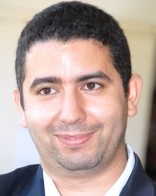
Pr. Aissam BERRAHOU
Title : Deep learning Applications, concepts and architectures
Abstract:
Deep learning (DL) is a class of machine learning algorithms which enables computers to learn from examples. Deep learning techniques have been used successfully for variety of applications, including: automatic speech recognition, image recognition, natural language processing, drug discovery, and recommendation systems.
In my talk, I’ll present the fundamental concepts and different architectures of Deep Learning ; its applications and future directions for designing DL models for computer vision problems.
Short Biography,
Aissam BERRAHOU : received the M.Sc. degrees and Ph.D in computer science from the Mohammed V University, Mohammadia School Of Engineering, Rabat, Morocco in 2008 and 2015 respectively. He is now an assistant professor in National School of Computer Science And Systems Analysis, Mohammed V University. He is also member of the Review Panel of IEEE Transactions on Multimedia. His research interest includes, embedded systems, optimization, deep learning, machine learning and computer vision.
Keynote Speaker 5
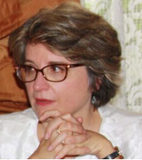
Pr. Catherine ALGANI
Titre : " RoF architectures : Component modelling for high data rate wireless communication "
Catherine Algani, Anne-Laure Billabert, Salim Faci, Said Mazer, Jean-Luc Polleux
Short Biography,
Catherine Algani received, from the University of Paris 6, France, the DEA degree in Electronics, and the PhD degree, respectively in 1987 and 1990 on active MMIC design using GaAs HBTs technology. In 1991, she joined the electronics engineering department and the LISIF Laboratory, at University Pierre et Marie Curie, as an assistant professor. She worked on the design of microwave and millimetre-wave integrated circuits and in microwave photonics. In 2005, she joined ESYCOM Laboratory at Le CNAM in Paris, where she is currently a full professor, working on the development of microwave-photonics devices, circuits, and sub-systems for ROF and wireless applications.
Keynote Speaker 6
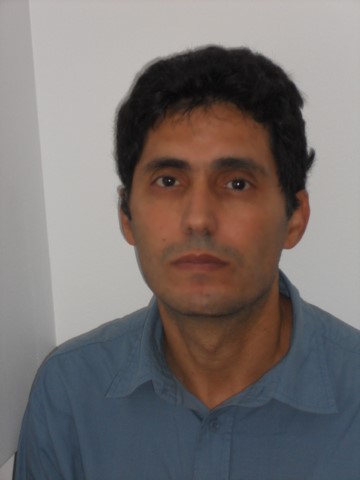
Pr. Farid Temcamani
Titre : "Fiabilité et défaillance de tags RFID UHF"
Farid Temcamani, Sanae Taoufik, Pascal Dherbecourt et Ahmed El Oualkadi
Short Biography,
Farid TEMCAMANI a obtenu son Doctorat à l'Université de Lille, au laboratoire IEMN en 1990. Il a ensuite rejoint l'Ecole Nationale Supérieure de l'Electronique et de ses Applications (ENSEA) à Cergy où il est actuellement Professeur des Universités et membre du laboratoire QUARTZ EA 7393. Il a par le passé exercé les fonctions de Directeur de la Recherche et de Directeur de Laboratoire. Ses activités de recherche portent sur la conception et la fiabilité des circuits et composants actifs avec les technologies Silicium, GaAs, SiC et GaN, et sur la modélisation des transistors MESFET, HEMT et MOSFET. Les applications se situent principalement dans le domaine des radiofréquences.
Keynote Speaker 7

Pr. Noura AKNIN
Titre : " Challenges and Opportunities of Digital Transformation for Innovative Learning "
Short Biography,
Noura AKNIN , Professor of Electrical & Computer Engineering at Abdelmalek Essaadi University since 2000. She received PhD degree in Electrical Engineering in 1998.
She is the Head of Research Unit Information Technology and Modeling Systems.
She is the Co-founder of the IEEE Morocco Section since November 2004 and she was the Women in Engineering Coordinator.
Her research interests focus mainly on mobile and wireless communications, ICT and their applications. She has authored and co-authored several papers covering different topics related with the field cited above.
She was a chair of several conferences and she has been involved in the organizing and in the Scientific Committees of several international conferences held worldwide dealing with New Information and Communication technologies. Moreover, she has supervised several Ph D and Masters and has been the project manager for several national & international R&D research projects.
